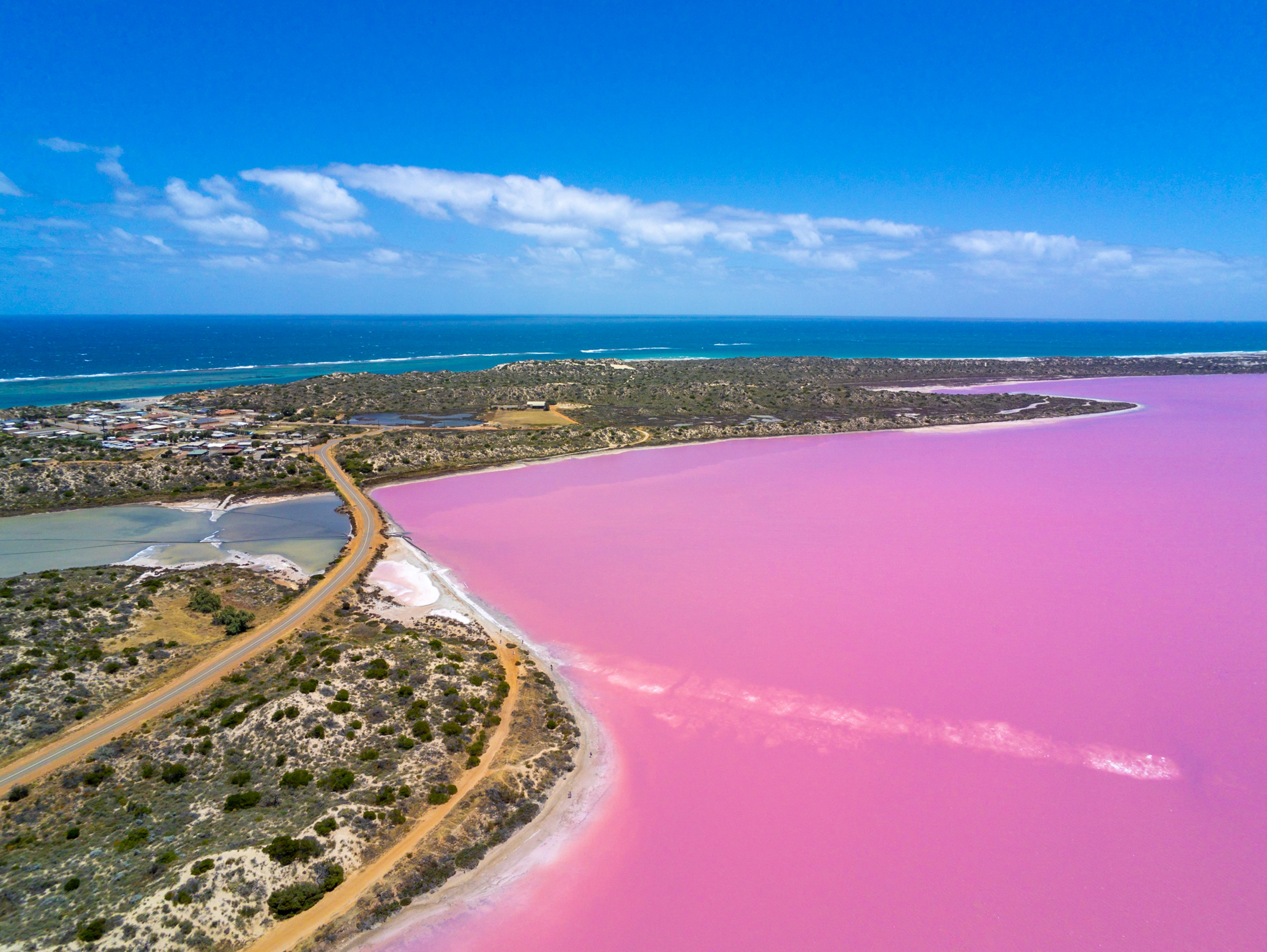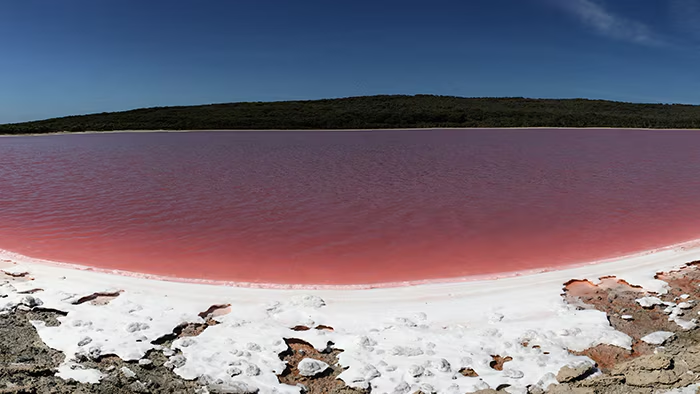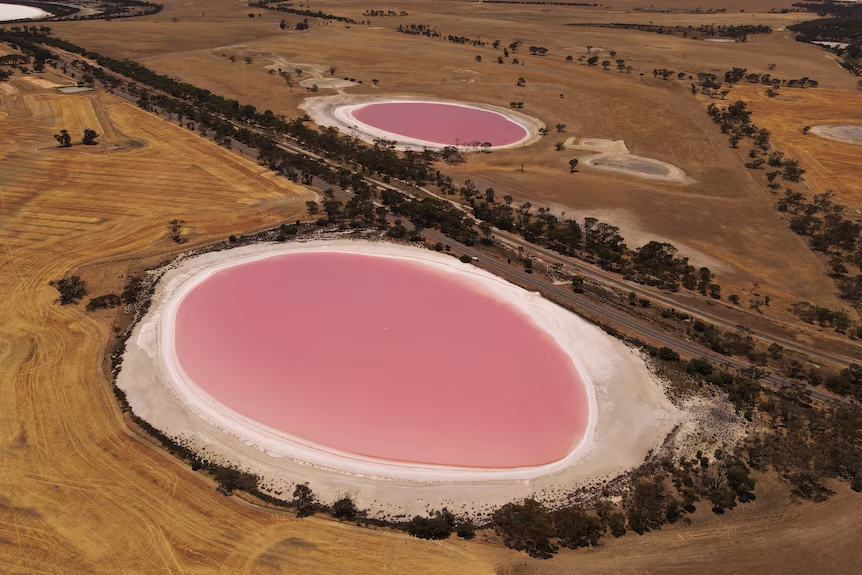Fading Wonders: Why Australia’s Iconic Pink Lakes Are Disappearing

Australia’s surreal pink lakes—once shimmering with vibrant hues of bubblegum pink and rose—have captivated photographers, travelers, and scientists alike. But in recent years, these naturally colorful bodies of water have begun to lose their iconic hue or vanish entirely, sparking concern among environmentalists and local communities. What once seemed like geological magic is now turning into a cautionary tale about climate change, human interference, and ecological fragility.
What Makes a Lake Pink?
The stunning pink color of these lakes is not a trick of the eye, nor a result of pollution. Rather, it’s a natural occurrence caused by a delicate balance of microorganisms and minerals:
- Dunaliella salina, a micro-algae, thrives in saline water and produces beta-carotene, which gives off a reddish-pink pigment when sunlight is intense and salinity is high.
- Halobacteria, a salt-loving microorganism, also contributes to the pink tone.
- The result is a vibrant visual phenomenon that occurs under specific weather, light, and chemical conditions.
This rare interplay can be seen in several locations across Australia, most famously in Lake Hillier (Western Australia), Lake Eyre (South Australia), Lake Bumbunga, and Lake MacDonnell.
Which Lakes Are Affected?
While some lakes like Lake Hillier have retained their color due to their isolation and stable conditions, many others have begun to fade or dry out entirely:
- Lake MacDonnell: Once one of the most vivid pink lakes in South Australia, now often appears dull or clear.
- Lake Bumbunga: Known for attracting Instagram influencers, it has become increasingly inconsistent in coloration.
- Lake Hart and Lake Eyre: Their pink glow appears only rarely due to fluctuating salinity and rainfall.
The once-reliable appearance of these lakes has now become a seasonal gamble—or even a relic of the past in some regions.

Why Are the Pink Lakes Disappearing?
There are several interconnected reasons:
1. Climate Change
Australia is experiencing more frequent droughts, higher temperatures, and inconsistent rainfall patterns. This affects:
- Salinity levels: Less water leads to reduced salinity, preventing the algae from thriving.
- Water levels: Extreme dryness causes some lakes to dry out completely, halting the biological processes that give them their color.
2. Human Activity
Industrial salt harvesting, nearby agriculture, and tourism are also taking a toll:
- In some cases, extraction of salt or minerals alters the lake’s natural balance.
- Agricultural runoff introduces nutrients that can change the chemical makeup of the water, reducing the dominance of pink-producing organisms.
- Infrastructure development disrupts the delicate hydrology of shallow salt lakes.
3. Natural Cycles
Some pink lakes have always had a cyclical nature—changing color based on the seasons or returning to normal after high rainfall. But these cycles are now less predictable and often do not return to former glory.
The Impact of Disappearance
The vanishing pink lakes affect more than just Instagram feeds:
- Tourism Loss: Local towns dependent on visitors have seen declining numbers.
- Biodiversity Shift: The loss of certain microorganisms affects the surrounding ecosystem, including bird and insect populations.
- Cultural Significance: Some lakes hold Indigenous spiritual importance, and their fading presence represents a cultural loss as well.
Can They Be Saved?
Efforts are underway to monitor and preserve these natural wonders:
- Scientific studies by CSIRO and universities aim to better understand the lakes’ microbial ecosystems.
- Tourism operators are partnering with environmental groups to develop low-impact visitor strategies.
- Local governments are considering protections against over-extraction and pollution.
Some researchers propose that restoring natural water flows, reducing salinity disruption, or even seeding the lakes with algae might help maintain the pink hue—but these ideas remain experimental.

Conclusion: A Warning Written in Pink
Australia’s pink lakes are more than just visual marvels—they are barometers of environmental health. Their fading colors serve as a vivid reminder of the delicate equilibrium that natural systems require, and how climate stress and human activity can tip that balance.
Whether they return in cycles or disappear forever remains uncertain, but their current trajectory speaks volumes about the broader environmental shifts occurring around the planet.
The lakes may be fading—but their story is just beginning to turn the world’s attention to what we risk losing.




